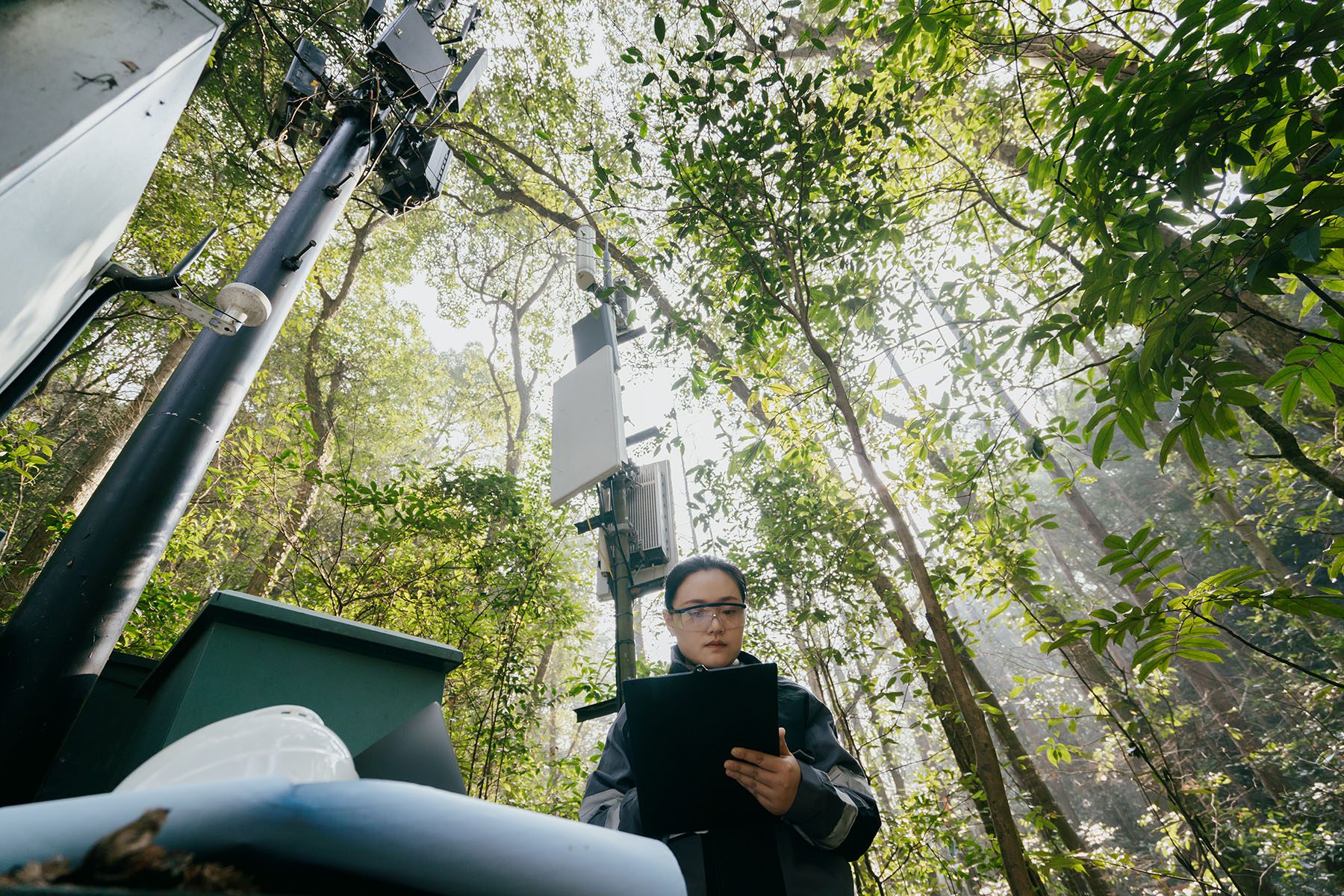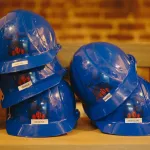The federal government is investing $65 billion in expanding broadband, and two-thirds of that money will be directed toward programs that encourage better hiring and retention practices for women and people of color, who have been severely underrepresented in the field.
Broadband is expected to add 36,000 telecommunications equipment installer and repairer jobs, with an additional 12,000 positions created in other installer and repairer roles as a result of the Infrastructure Investment and Jobs Act, according to an estimate by the Brookings Center for Sustainable Development.
The $65 billion is intended to address gaps in technological infrastructure and, in turn, create jobs to strengthen the American workforce. Of that money, $42.45 billion will be directed toward the Broadband Equity, Access, and Deployment (BEAD) initiative, a program directing grant funding to local governments in the states and territories that provide a framework for equitable workforce expansion. The initiative includes a workforce planning guide that suggests best practices and guidelines for expansion.
“It’s important because these are great jobs. These are high-paying jobs, stable jobs with benefits. They give people careers so they can make a living and take care of their families. And right now, the jobs are disproportionately held by White men, which means that women and people of color are left out of great opportunities,” U.S. Secretary of Commerce Gina Raimondo said.
So far, each state has expressed its intent to participate in the program. The department has already disbursed funds to Louisiana and Ohio.
In Louisiana, the approach involves mobilizing community and technical colleges, which provide a cheaper pathway to family-sustaining careers, especially for people of color. According to the American Association of Community Colleges, women and people of color are a majority of the students enrolled for credit at community colleges in the United States.
These institutions are creating programs to meet the new workforce needs. South Louisiana Community College is introducing an 18-20-week program to train students on different aspects of the industry. Students can earn credentials and certifications in pole top rescue, defensive driving, CPR and pole climbing techniques. Bossier Parish Community College is also offering fiber optics training courses.
According to the U.S. Bureau of Labor Statistics, only 4.5 percent of 155,000 telecommunications/radio equipment installers are women, and 10.5 percent are Black. For some jobs, the numbers are even lower. Women make up 1 percent of electric line installers.
Women, in particular, face a barrage of barriers in the field, some with simple solutions and some more complex.
“Sometimes simple things like having portable bathrooms for women on the job site, having gloves and harnesses that fit women because they’re smaller, having childcare on the job site; these small practical changes are what will enable women to be recruited into these jobs and be successful in these jobs,” Raimondo said.
Before they get to the field, women face these barriers to entry, including the lack of representation and negative perceptions about their competence.
“If you have not seen yourself represented in that particular occupation, sometimes it can be very difficult to either know that occupation exists, let alone that you can do that work,” said Lindsay Blumer, president and CEO of Wisconsin Regional Training Partnership Big Step.
Blumer said that many misconceptions have spread to women about these jobs, such as being told that they aren’t strong enough, that they wouldn’t understand the jobs, or that they wouldn’t be respected on the job. Her organization serves as a workforce intermediary and provides training such as a pre-apprenticeship program for women seeking to get into different trades.
Trade careers are often difficult and lonely places for women.
Anita Bruno, who works as a carpenter, started Rhode Island Women in the Trades to provide support for women in jobs like hers and the ones that will be created to expand broadband.
In her 15 years of experience, Bruno said she’s had women come to her with complaints of sexual harrassment, women who have contracted urinary tract infections because they could not get to a bathroom across a major highway, and women who were discriminated against because they were perceived to be taking jobs from men. One of the most common issues women face is the perception that they cannot do these jobs.
Bruno said many women leave because of hostile work environments.
“We’re always told, ‘Well, you gotta have thick skin,’ or ‘You chose this male-dominated career, so you have to basically accept what is there,’ and I think that that’s one of the biggest obstacles,” Bruno said.
She persevered in part because of support from an apprenticeship for women, and her program now offers them as well.
The broadband industry is not limited to laying fiber and installing equipment. The Fiber Broadband Association has a Women in Fiber committee consisting of about 300 women at all levels. Many come into the industry doing jobs like marketing and human resources, according to Trish Ehlers, the association’s vice president of membership, industry affairs and operations.
The committee is launching a mentorship program to connect entry-level women with women who are leading in the industry.
While the planned expansion will bring job opportunities, it is also projected to bring a significant economic boost to the country and address some disparities that have only become more critical with rapid changes in the workforce and the world brought on suddenly by the pandemic.
“We live in a world now where really every job these days is a digital job. Every company is a digital company. And that means everyone needs the internet. So if you’re cut off from the internet, either because you’re poor, or you live in a rural area, you’re really going to be left behind,” Raimondo said.
As the threat of COVID-19 pushed kids out of school buildings and in front of computers, many were left behind. It forced people of all ages to rely on internet access for work, school, doctors’ appointments, entertainment and everything else.
Administration officials hope that the BEAD program can make internet access more available and equitable to families. One model states could use, which Women in Fiber pointed to, is a smaller-scale push like the one in Chattanooga, Tennessee.
In Chattanooga, Katie Espeseth led the efforts to connect the city and rural surroundings to the internet. Espeseth is the vice president of new products at EPB, a public utility company servicing the area. EPB began planning for the large infrastructure project in 2004 and began building in 2008. What followed the connection effort was a boost for the city’s economy, and recognition for having some of the fastest internet in the country.
Development for the app OpenTable began in Chattanooga. Branch Technology, the company that created the first 3D-printed building facade, is also based there.
“It’s things like new companies moving into Chattanooga. It’s things like higher paying jobs here with these new companies. Lower unemployment. It’s all those things. It’s that economic foundation that really raises everybody up in the community,” Espeseth said.
That type of economic boost is what the Department of Commerce hopes to achieve on a larger scale for the country. The aim of the BEAD program is to make sure women and people of color are not left behind through programs like Bruno’s apprenticeship. As other states follow Ohio and Louisiana in submitting proposals, the goal will be to have that need addressed by local governments and groups within their communities.







